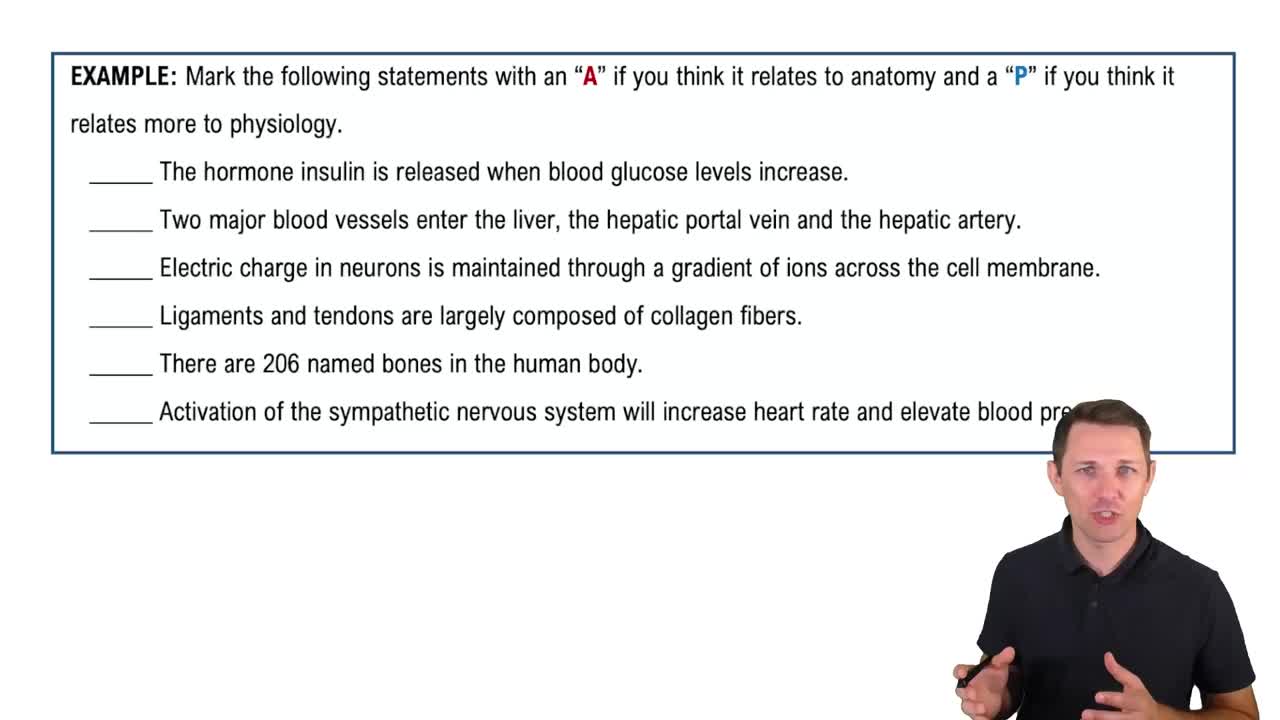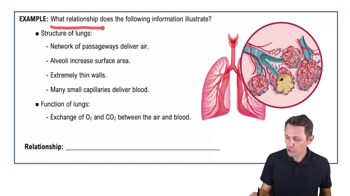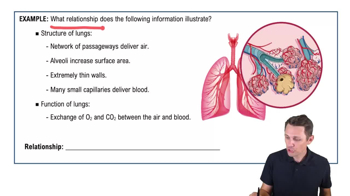1. Introduction to Anatomy & Physiology
What is Anatomy & Physiology?
1. Introduction to Anatomy & Physiology
What is Anatomy & Physiology?
Showing 5 of 5 videos
Additional 4 creators.
Learn with other creators
Showing 7 of 7 videos
Practice this topic
Showing 9 of 9 practice















